by Coach Aaron Hyatt
I relish the feeling of using all my strength and power until I’m spent but regularly training at that intensity is a mistake. As has been said before, “training to failure (all the time) is failing to train”.
I was introduced to CrossFit in late 2011. Like most, I was skeptical that a short-duration, high-intensity protocol could offer significant benefits. I finally committed in November of 2011 and went full steam ahead. I was ecstatic. After a couple weeks of regularly attending classes, I felt like Superman. Whether it was the peak heart rates I achieved or the neuroendocrine response, I felt stronger, faster, better, and more confident in my abilities than at any other time in my life. And the joy of a newfound physical and psychological power made me go harder and faster still.
Although cautioned otherwise, I started doing two CrossFit workouts a day, sometimes along with a session of olympic weightlifting. After all, if a little is good, then a lot is better, right?
In retrospect, my obsessive approach seems quite silly and an obvious mistake. But even now, despite my passing on the caution that I received, I see friends new to CrossFit doing the same thing I did. The benefits of CrossFit are significant, and when those benefits come from such a small investment in time, the money-for-nothing proposition is, for most, too good to pass up.
As a result of my mistakes, I have come up with three rules all newcomers to CrossFit can benefit from.
- Focus on the volume of work prescribed, not on the loads. The WOD (workout of the day) is designed for the fittest of the fit. Unless you’ve been doing CrossFit for years—or unless your genetic code has something mine doesn’t—I suggest making reps a higher priority than loads. The cardiorespiratory stimulus of completing the prescribed reps at a reduced load seems to be equivalent to or greater than that of taking the significant extra time and rest to get through too-heavy loads, and this strategy leaves something in the tank, which is essential for healthy, long-term training. For example, “Diane” consists of 21-, 15-, and 9-rep rounds of 225-pound deadlifts and handstand push- ups. I recommend disregarding “225-pound” and “handstand” if they feel unmanageable and instead choosing loads that allow you to complete the workout, whether in complete sets or reasonably broken ones. Note: “Handstand” in this case is essentially a load designation. Piked [inverted and bent at the waist], feet-raised [toward a handstand], standard [horizontal], and feet-lowered [as in upward-facing stair push-ups] are all legitimate ways to scale push- up loads.
- Use speed as an intensifier before weight. Once a personalized WOD has been achieved, I make a faster result my goal, rather than an increase in weight, on subsequent performances of that WOD. I find it much more rewarding to shave seconds than to struggle under more plates. Subsequently, faster times increase my motivation for each workout. The thought “my work-to-weight ratio is higher” is a better motivator than “I’m not as strong as I want to be.” (However, this is a personal bias. Focus on weight if that’s where your priorities lie.)
- Most importantly, low motivation does not necessarily mean you’re lazy. Lowered motivation may be your body’s way of recruiting your emotions as a messenger that it needs a break. I know most CrossFitters are action-oriented people, so a day or two of sloth or lethargy may not mean you’re a slacker. It could be precisely the necessary WOD for you. When I can ignore my ambition and listen to my body on days like this, I often discover that “yeah, my legs are pretty heavy” or “man, it hurts just to lift a can of La Croix.” Best of all, a few extra rest days mixed into a full workout schedule often brings the snap back. It could be the difference between a workout that is a chore and one that sets a new personal record.
Now that I’ve committed to the process rather than the result and can be consistent in my workouts, my training is more effective and even more enjoyable. My gains are slower in the short term, but over a longer timeline, they are far greater due to my ability to be consistent.
Coach Glassman issued the warning in an issue of the CrossFit Journal: “We have counseled in ‘Getting Started’ and repeatedly elsewhere that the WOD is designed to exceed the capacities of the world’s fittest humans and starting CrossFit by throwing yourself at the WOD 100% will result in devastating failure. We’ve recommended that anyone attempting CrossFit first get through a month of ‘going through the motions’ before diving in with full intensity—establish consistency before intensity. Countless badasses from sporting and special operations communities, long regarded as bulletproof, have been burned at the stake of ego and intensity.”
Placing consistency before intensity will prevent burnout and injury every time.
